Support strong Canadian climate journalism for 2025
Thirty-two years ago, the largest layoff in Canadian history was announced: the cod fishery in Newfoundland and Labrador was shut down due to plummeting stocks caused by decades of overfishing and mismanagement. Now, the Canadian government has reopened that same fishery, much to the dismay of scientists who say the shift will prevent the precarious population from ever having a chance to recover.
To Dean Bavington, a geography professor at Memorial University in Newfoundland and author of Managed Annihilation: An Unnatural History of the Newfoundland Cod Collapse, reopening the fishery is not only skirting evidence that the population isn’t healthy enough, it’s also ignoring the additional stress of climate change on cod and its prey.
The decision to lift the moratorium is based on the precautionary approach framework, which Fisheries and Oceans Canada (DFO) uses to classify species into four categories: critical, cautious, healthy and uncertain. Depending on the status, a total allowable catch for the species is determined. For cod, which has been in the “cautious zone” since 2016, the decision means a 46 per cent increase in how much fish can be caught: 18,000 tonnes now, compared to 13,000 tonnes in 2023, which was permitted under the previous stewardship fishery. In the 1980s, before the moratorium, the total allowable catch sat at about 240,000 tonnes.
Bavington says the decision shows DFO is using a shifting baseline, varying its goals for the cod population over the past three decades. In 1992, the quota for cod was about 185,000 tonnes, but fishers were catching far less than that because of the rapid decline, he explained.
Setting the catch allowance at a small fraction of that limit and declaring it a win is “a cynical ploy on the part of [Prime Minister Justin] Trudeau to try and keep these six Liberal seats,” he said.
“We know that climate change is coming….we have to adapt to it, and the adaptation should not be, ‘Let's change the [maximum sustainable yield] model and lower it by a tenth’,” Bavington said.
He explained that fish are entering “unknown territory” as heat records continue to be broken in Atlantic Canada. There are many environmental stressors that DFO didn’t consider when allowing the fishery to reopen: the decline in phytoplankton, climate-linked ocean acidification and the province’s plan to go big on offshore oil, to name a few. The offshore industry poses a threat to marine life in a slew of ways: seismic surveys conducted to find oil deposits can destroy eggs and larvae from cod and other fish species, scare them away from feeding grounds, and kill zooplankton (a vital part of the marine food chain) at distances of up to 1.2 kilometres away — not to mention the potential for oil spills and increase in shipping traffic associated with the industry.
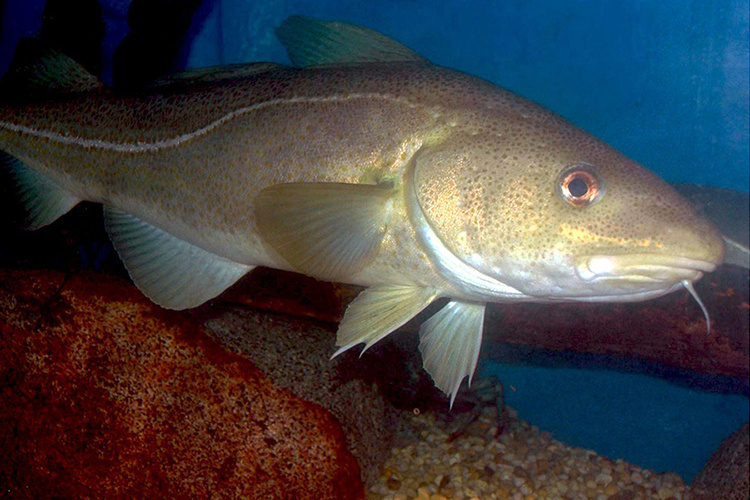
Just two days before DFO announced that the cod moratorium would lift, a study published in Nature mapping out the fate of over 2,000 marine species and 90 fish stocks across the North Atlantic Ocean earmarked cod as at high risk of climate change impacts.
The study, focusing on how the stocks will fare under different emissions futures, shows that if emissions are not drastically reduced, Canada’s most commercially exploited stocks will suffer. As of now, the world is on track to breach the 1.5 degrees C threshold by the late 2020s or early 2030s, spelling trouble for cod and other commercial fish species.
When the moratorium was first put in place, over 30,000 fishers and plant workers lost their jobs, affecting over 400 communities along the coast of N.L. At the time, it decimated communities, and “transformed everything,” Bavington said. Now, the province has restructured and fishers are flooding news conferences – calling for the moratorium to be brought back.
To Bavington, the government is now well aware of its role in the collapse but is choosing not to learn from its mistakes. He evokes a quote by Karl Marx: “History repeats itself, first as tragedy, second as farce.”
DFO’s science
There are three “zones” in DFO’s framework for understanding fish stocks: critical, cautious and healthy. The critical zone is the point when the department says fishing or other preventable activities should be eliminated.
“In the Critical zone, conservation concerns are paramount and there is no tolerance for preventable declines,” a DFO paper reads.
The department believes the fish stock is currently in the “cautious zone,” but, in its technical briefing for the 2024 stock assessment, DFO said there’s more than a one-in-five chance that it’s actually in the critical zone. The department notes the stock has not shown growth since 2016, “and even with no fishing, the risk of decline over the next three years is moderately high.” Increased fishing, it adds, “increases the risk of the stock declining back into the critical zone.”
In a statement to Canada’s National Observer, DFO said its research and stock assessments of cod consider “the impacts of ecosystem factors,” including climate change impacts on natural mortality and the “lower capelin availability.”
Capelin
Another piece of the cod puzzle intrinsically linked to climate change impacts are capelin, explained Rebecca Schijns, a fisheries scientist with Oceana Canada. Capelin are an oily and quick-growing species that are a fundamental part of the North Atlantic Ocean food chain and ecosystem, and are one of cod’s main food sources. In the 2022 stock advisory report for cod, DFO notes that, “Cod productivity has been linked to capelin levels. Given the forecasted levels of capelin for the next two years, the prospects for cod stock growth appear limited.”
Capelin are a forage fish, also called prey fish, and are especially sensitive to environmental changes caused by climate change, such as water temperature, salinity and sea ice conditions. Oceana refers to them as the ocean’s “canary in the coal mine” – when they’re suffering, it’s a red alert for the entire ocean ecosystem.
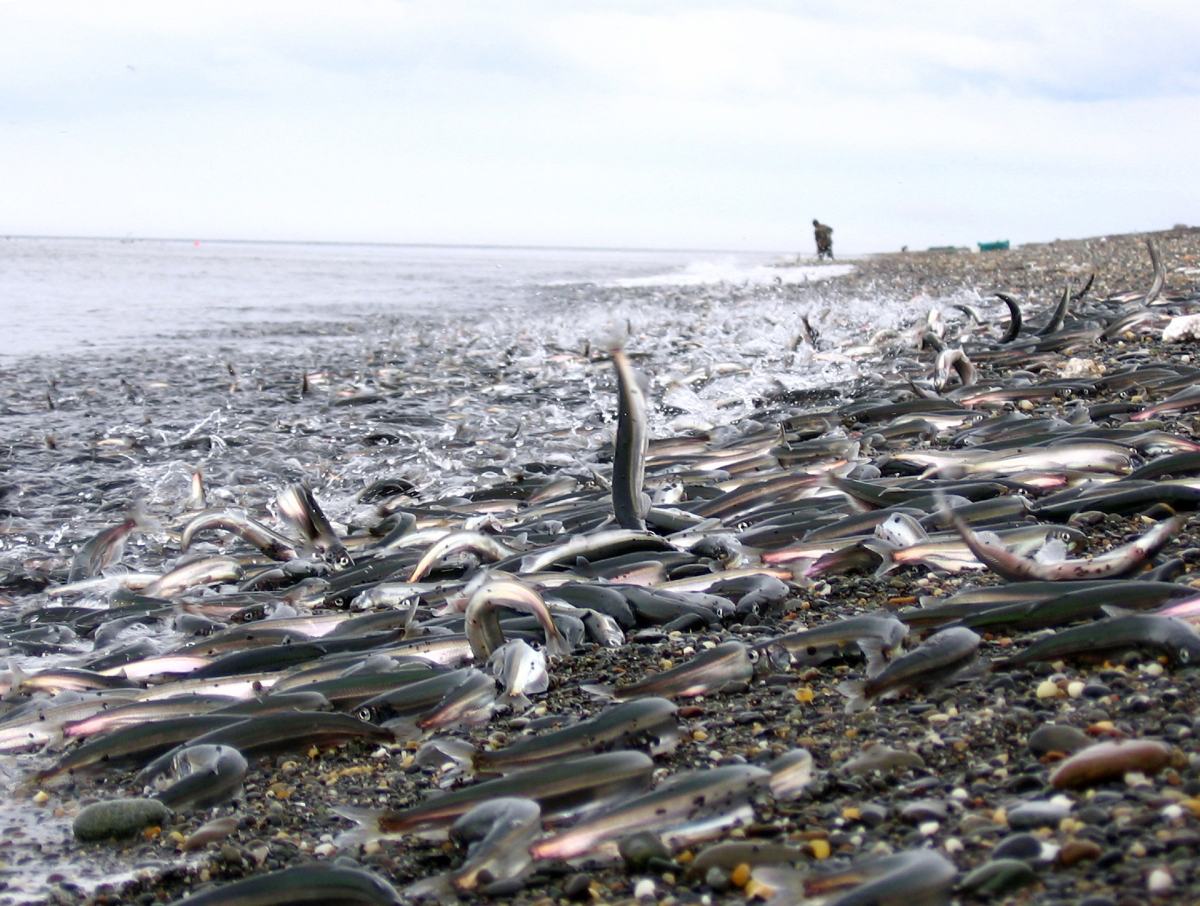
And Schijns stresses that they have, indeed, been suffering. DFO now estimates that capelin numbers are at about 10 per cent of what the population was before the stock began to collapse in the 1990s. Capelin themselves are fished to the extent that Oceana has been pushing for the closure of that fishery, too, to allow it to recover.
When the 2023 reassessment of cod put it “right above” the critical threshold within the precautionary framework, that meant there was just enough capelin to sustain the existing cod population, but not enough for it to grow, Schijns explained.
“Meanwhile, the stock is projected to decline. There's not enough capelin for it to grow. And what was really missing in [DFO’s] announcement was the ecosystem connection and any management measures to support stock recovery,” Schijns said.
Trawling
Another concern with lifting the moratorium is the uptick in trawling, explained marine biologist Daniel Pauly, principal investigator of UBC’s Sea Around Us initiative.
Following the moratorium lifting, Newfoundland and Labrador's fisheries union called for a reversal of the decision, highlighting concern about offshore trawlers getting a percentage of the catch. Pauly explains that trawling puts out significant emissions and starting the practice again for cod will negatively impact the environment. On Monday, N.L. Premier Andrew Furey also weighed in on trawling, telling reporters that “there is no circumstance in which foreign trawlers should be off our shore. Full stop. Period. That has to be definitive.”
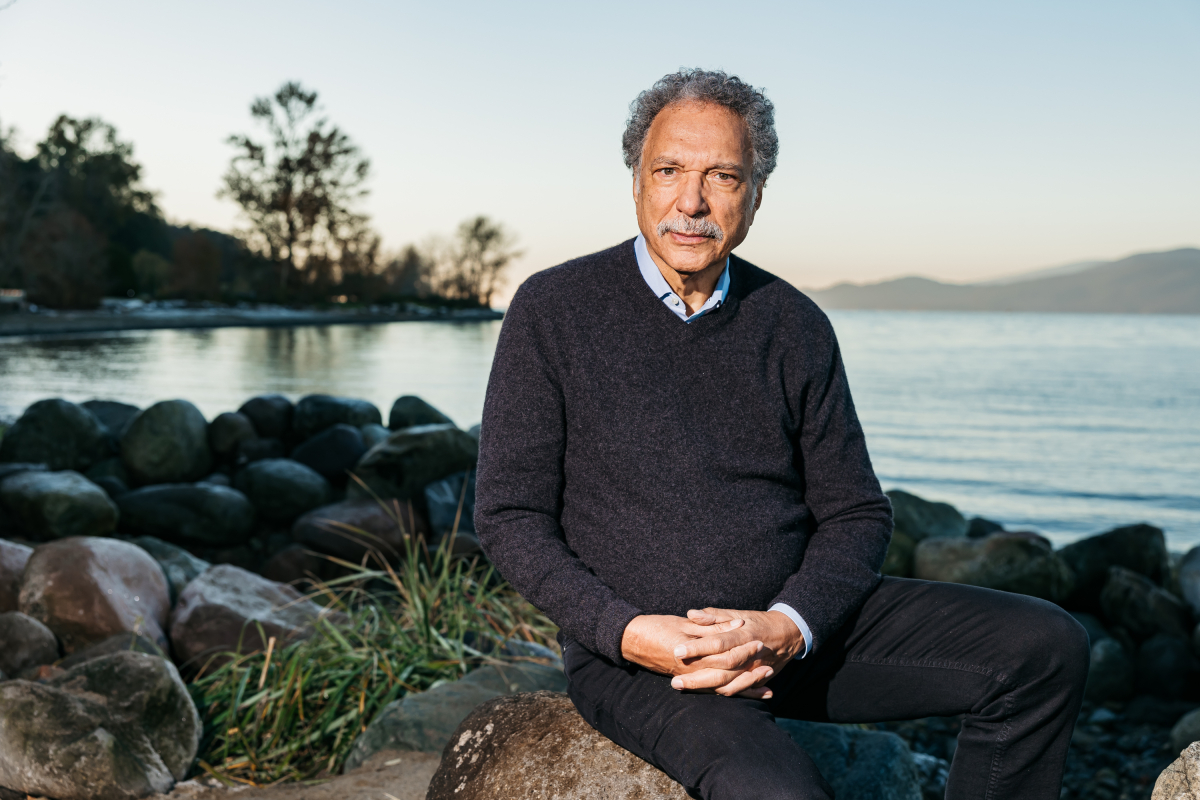
Another key concern about reopening the fishery will be a more complex impact on the resiliency of cod to climate change, explained Pauly: fish can adapt to changing environments, but they need a healthy population to do so.
“When you have a large population of fish, you have more variants genetically, and some of them will be more capable of handling higher temperatures than others. They add resilience to the population,” he said. “When you have a small population, that population doesn't have lots of genetic variants and is more sensitive.”
The same fishery that decimated the cod population decades ago is restarting and similar impacts will come from it, Pauly stresses. While the cod population was increasing “in spite of all odds,” reopening the commercial catch while the population is not stable and climate change continues to put pressure on stocks will undo any progress in rebuilding cod, he said.
“It was rebuilding, and [now] it won't be rebuilt."

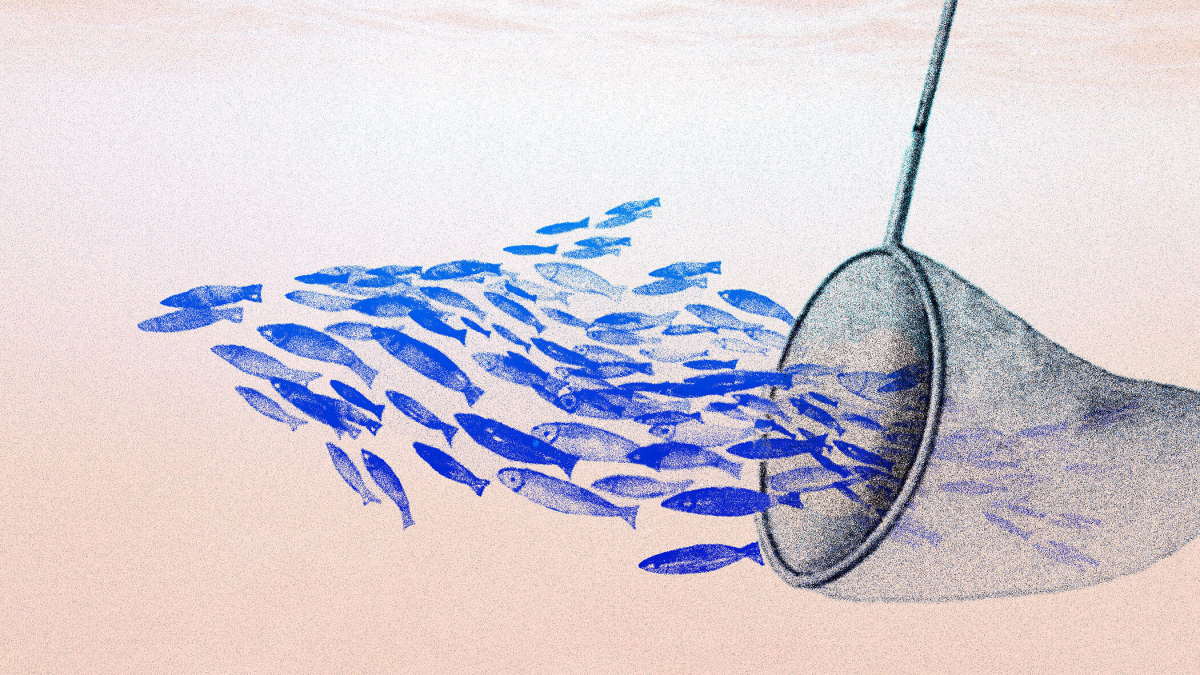


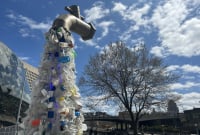
Comments
They say the fool learns from his own mistakes, the wise man learns from the mistakes of others. What then is the DFO, who haven't learned from a mistake of their own so huge it transformed the life of a whole region of the country?